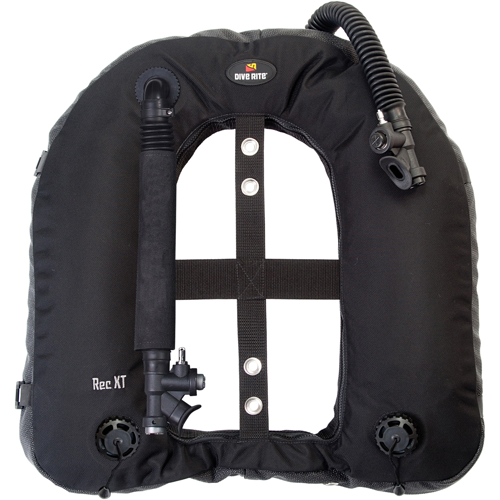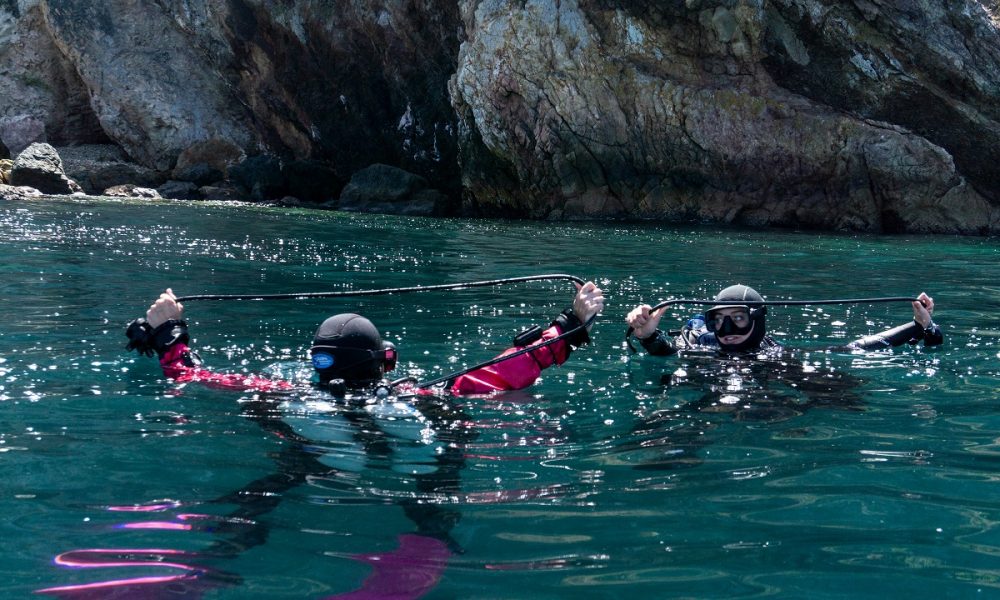Underwater Tourist
Contributor
I custom re-machined my backplate to support single, banded-double, or independent-double setups (singles and IDs with only cambands required - no adapters or STA).
Do you mind attaching a couple of pictures?
Welcome to ScubaBoard, the world's largest scuba diving community. Registration is not required to read the forums, but we encourage you to join. Joining has its benefits and enables you to participate in the discussions.
Benefits of registering include
I custom re-machined my backplate to support single, banded-double, or independent-double setups (singles and IDs with only cambands required - no adapters or STA).
Do you mind attaching a couple of pictures?
Wow, nice workStarted out as a SS dogbone, reverse-profile, Golem Gear Stream plate. Subgravity bought Golem Gear out recently, and it is now available here: Golem Stream Backplate - SubGravity



I don't have pics available currently rigged with the cambands, but if you compare the 1st and last pictures: you can see:
- The upper upper inner-channel camband slots were lengthened down.
- The upper harness mounting wings were notched at the bottom.
- The lower harness mounting wing has a triangular cutout.
- Additional/expanded holes were created for mounting weight and liftbag pouches and for mounting side-mount bungees.
When mounting IDs:
- The upper cambands pass under the notches in the upper harness mount and through the inner-channel slots.
- The lower cambands pass through the triangle cutouts and through the inner-channel slots.
When mounting a single:
- The top and bottom slots on the outside of the channel are used.
When mounting banded doubles:
- Good old fashioned wing nuts or disks will do it using the (now elongated) holes and lower slot.
The structure of the camband mounting, requires very open camband slots in the wing for use with IDs. Many of the newer Dive Rite wings have an open cross center structure that works beautifully for it.@-JD- for Coz trip, I assume you used two al80 as IDs, do you switch the wing for single tank vs ID diving? Or did you find one that’s usable for both?

What are the actual statistics? I don't believe that you've actually done the math on this. Let's see some numbers. Every incident report that I have read which involved an inadvertently closed isolator valve could have been prevented by following the correct pre-dive sequence.I personally agree, although I think statistically it's safer to do away with the isolator. More people would be alive today if there was no isolator at all. (as per memory of a discussion hashed out on here by people with much more experience then I). An o ring extrusion is way more rare than a roll off or mishandled valves.

 gue.com
gue.com
Every incident report that I have read which involved an inadvertently closed isolator valve could have been prevented by following the correct pre-dive sequence.
involved an inadvertently closed isolator valve could have been prevented by following the correct pre-dive sequence.
Nick... you are fun to duel withWhat are the actual statistics? I don't believe that you've actually done the math on this. Let's see some numbers. Every incident report that I have read which involved an inadvertently closed isolator valve could have been prevented by following the correct pre-dive sequence.

The GUE Pre-dive Sequence
As you’d expect, Global Underwater Explorers (GUE) has a standardized approach to prepare your equipment for the dive, and its own pre-dive checklist: the GUE EDGE. Here explorer and filmmaker Dimitris Fifis preps you to take the plunge, GUE-style.gue.com
Hi, one thing to remind is that when diving twinset the spg has 2 missions : not only displaying the pressure but checking if the manifold isolator is open or closed : In a DIR configuration, the spg is on the left and the LH is on the right (anyway never on the same side). If during the dive the spg still displays the start pressure of 200 bars (or whatever) then the diver immediately knows that the isolator is closed. A simple check of the spg easily allow to double check that the isolator is open.Nick... you are fun to duel withChallenge accepted!
Everyone can say after the fact they "should" have done X, Y, Z, but the reality is there are numerous cases of deaths with a closed isolator. I don't think any of those people did so intentionally, and most would be alive with a solid manifold. The chances of anyone becoming complacent or not knowing the "righty tighty, lefty loosey" by heart in a panic situation is much greater then a blown tank o ring or burst disc, PLUS, the isolator itself introduces failure points that otherwise wouldn't be there.
I personally (as stated before) am comfortable with an isolator, but that previous discussion on here was eye opening, and believe it or not, guys with 1000's and 1000's of dives all sort of agree that a solid manifold would be safer overall.
Here's the thread, very interesting perspective that goes against your thinking.
Crossbar and isolator valve: do they help?
Manifolded twins have long been the gold standard for safety for technical dives. I wonder how much safety benefit the isolator valve actually provides. Have there been any accidents or incidents where the ability (or lack of it) to close the isolator valve made a difference in the outcome of...scubaboard.com
Hey man, I'm not disputing anyone's "theories", I'm simply saying there was another perspective presented here on Scubaboard that was eye opening (at least for me). Read the thread and then see if you still feel 100% the same way.Having an accident because of a closed isolator is only possible if it comes together with negligence or poor training.
